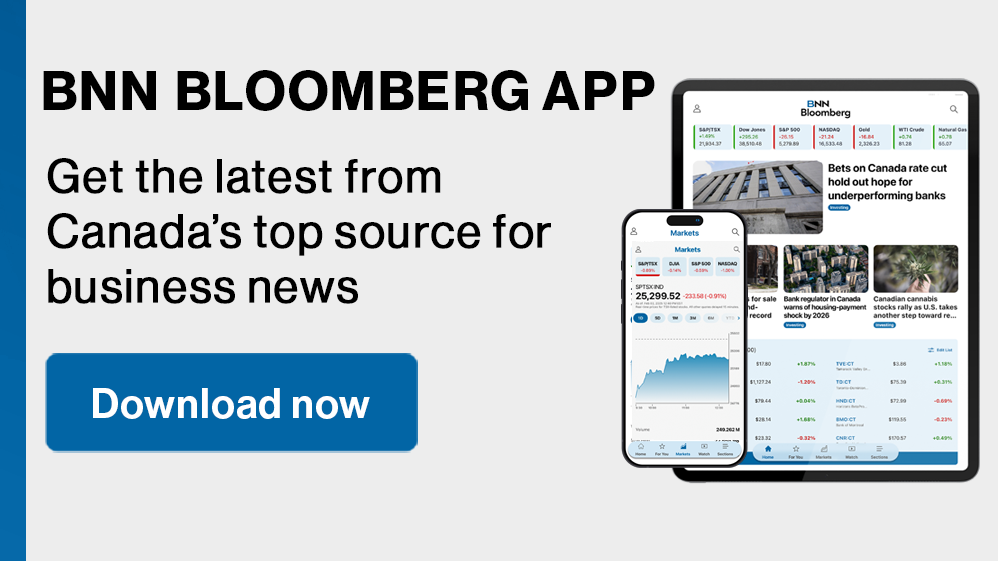(Bloomberg) -- Britain’s lowest-paid workers are enjoying red-hot pay growth, thanks in part to a huge minimum-wage increase in April. That’s good news for households struggling after a brutal cost—of-living crisis, but not for the Bank of England’s inflation fight.
Data from employment-search website Indeed show advertised salaries for high-paid and middle-wage jobs are moderating. That’s what the BOE aimed for when it ramped up interest rates from late 2021, expecting workers would temper pay demands and ease pressure on firms to raise prices. Wages for low-paid jobs, however, have gone up almost 8% in the past year.
That pace has changed little since the spring, when the then-Conservative government raised the minimum wage by 9.8% — the second-largest increase since Britain established a pay floor in 1999. While low-paid work has typically seen stronger pay inflation due to post-Covid labor shortages in the services sector, the gap with better remunerated roles is now widening.
“In order to maintain pay differentials between workers paid at the minimum wage and those paid at a rate slightly above it, businesses may have been increasing wages for workers paid at just above the minimum wage in recent months,” said Ashley Webb, UK economist at Capital Economics.
The pay lift has provided a much-needed boost for poorer families who were disproportionately hit by the spike in food and energy prices. Prime Minister Keir Starmer’s Labour government, which took power in July, has promised to go further. An employment rights bill introduced in Parliament last week pledges to end “discriminatory” age bands that mean hundreds of thousands of younger staff are paid a lower minimum wage.
For the BOE, however, it’s adding to a list of factors like labor shortages in low-skill sectors and rising long-term sickness that are fueling pay pressures in the face of high interest rates. Policymakers have signaled a “gradual” approach to easing borrowing costs and markets are no longer fully pricing in a cut in November.
The BOE is closely watching pay settlements for signs of “sticky” price pressures after waging a painful battle to bring inflation from double digits in the wake of the energy-price shock to its current level around the 2% target. Officials voted against a second consecutive rate cut in September, with some warning of “upside risk to pay growth depending on the trajectory of the National Living Wage in the first half of next year,” minutes of the meeting showed.
On Tuesday, the Office for National Statistics will publish an update of the labor market, with economists predicting wage growth excluding bonuses of 4.9% in the three months through August and unemployment at historically low levels at just over 4%. The pace of pay inflation has slowed sharply from almost 8% a year ago but remains too high for comfort at the BOE.
Figures a day later are expected to show inflation eased to 1.9% in September on the back of cheaper petrol and an easing of price growth in the services sector. However, it is forecast to pick up again later this year, with Labour’s plan to charge 20% value-added tax on private school fees set to give a further upward push to prices. Robert Wood, chief UK economist at Pantheon Macroeconomics, reckons this will add around 0.1 percentage point to headline and services inflation by January, when the VAT hike is due to take effect.
A British Chambers of Commerce survey released late Sunday showed the proportion of firms attempting to recruit new workers has fallen to its lowest in three years amid concerns over the prospect of tax rises in the Oct. 30 budget and new employment rights legislation that could increase costs and administration for companies. But there are significant differences between sectors.
While more than half of retail, professional services and marketing and communications firms were not hiring in the third quarter, 70% of companies in transport, hospitality and construction on average were looking for staff. Of those that tried to hire, the proportion reporting difficulties rose to 76%, compared with 66% at the start of the year.
The widening divergence between high and low-paid jobs is making the UK an international outlier. In the US, advertised pay inflation has been moving in tandem across all wage tiers, according to Indeed.
“The supply of labor in the US is somewhat more flexible, such that some of the lower-wage sectors, for example hospitality, don’t end up with the same vacancy issues and hence wage pressure is lower,” said Tera Allas, director of research and economics at McKinsey UK & Ireland.
In the UK, vacancy rates have been persistently higher in lower-paying services sectors like hospitality, retail or hairdressing than in high- and medium-paying industries like financial services, manufacturing or real estate. That’s due to high staff turnover levels and skill shortages, as the workforce is becoming better educated while migration policy is favoring high-skilled workers from abroad.
Sectors reliant on low-wage labor are also feeling the effects of a surge in long-term sickness since the pandemic. While desk jobs like software development can accommodate people with mobility issues, it’s harder in areas such as retail.
“If you’ve got a slightly sicker workforce and where the sickness is skewed towards the bottom end of the labor market, that’s going to reduce the supply of lower-paid workers a bit more,” said Gregory Thwaites, research director at the Resolution Foundation.
--With assistance from Tom Rees.
(Adds British Chambers of Commerce survey)
©2024 Bloomberg L.P.














